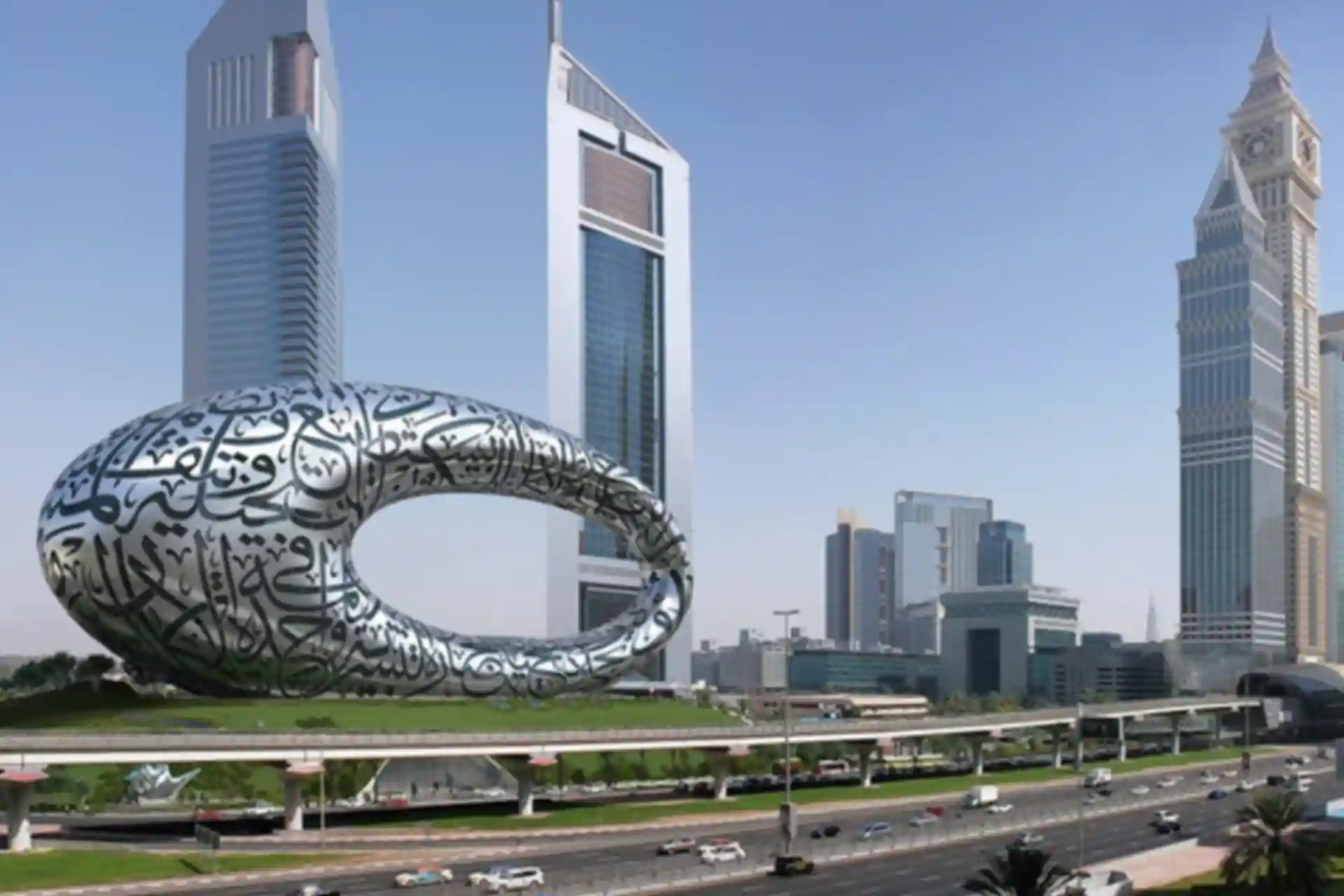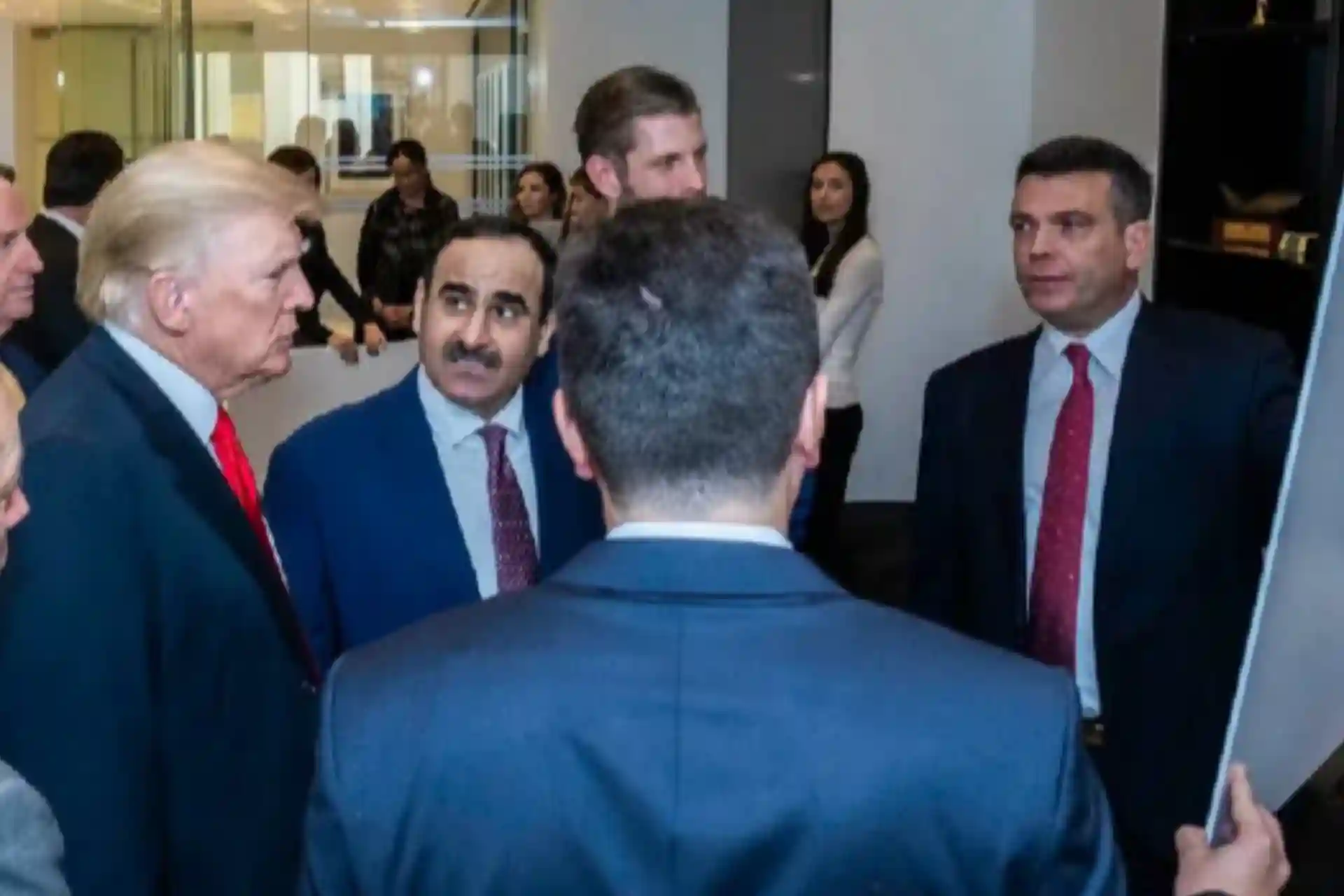24.07.2025 15:51
509
Who are the luxuries in Muslim lands for?
The skyscrapers stretching from Beirut to Dubai, the narrow streets of Cairo and Casablanca, the luxurious places of Tunis and Rabat - all these represent the new face of today's Arab cities. But while this renewal and modernization may seem beautiful from the outside, it hides deep social, economic and cultural conflicts. Arab cities are now becoming giant bazaars that are losing their heritage and driving ordinary people to the outskirts.
The late writer Tawfiq Youssef Awwad described Beirut in his novel as an arena where old and new forces clash: a clash of dreams and memories, and capital interests that darken the lives of ordinary people. This picture is typical not only of Beirut today, but also of countries where many Muslims live. They are also victims of urbanization, which is gradually increasing the stratification between the social classes of society.
In the history of European cities, the process of urbanization was largely linked to industrialization. Cities like London, Paris, or Berlin focused their economic power on production. This turned them into centers with independent and internal economic dynamics. There, the expansion of cities was based on large factories, scientific discoveries, technological progress, and the formation of a working class. This process was based on "industrial capitalism", which gave cities a stable production image.
In some parts of the world, especially in the Arab world, urbanization has taken a completely different direction. In many post-colonial Arab countries, cities have grown not on the basis of industrialization, but on the basis of financial flows, oil revenues, and foreign investment. As a result, cities like Dubai, Doha, and Riyadh have been planned not for domestic social and cultural needs, but for the demands of global capital. These cities have become largely overcrowded with skyscrapers, large shopping malls, and luxury housing developments, but their social and economic roots have remained shallow.
A similar process has occurred in the historical centers of Central Asian countries, Cairo, Beirut, and Casablanca. Old neighborhoods have been demolished, replaced by luxury hotels and business centers. Ordinary residents have been pushed into the outskirts. This is called the “commodification of the city”: the city has become a profit-making object, not a place where ordinary people live.
This process is what sociologists call the "neoliberal city," in which cities serve global investors rather than their residents. This is exactly what has happened in Jakarta: central areas that once served the population are now being transformed into expensive residential complexes reserved only for the wealthy.
In understanding these changes in the Arab world, the theory of the “Right to the City” by French sociologist Henri Lefebvre is important. He believes that cities are not simply geographical areas, but spaces where social life, political participation, and cultural ideas are produced. But in Arab countries, this right is not granted to people. Although Cairo is a cultural center, its creative space is strictly controlled by the state. Beirut, on the other hand, has long been a refuge for political refugees, but this freedom has come at the expense of the weakness of the state.
In the process of neoliberal urbanization, cities are no longer built for the needs of ordinary people, but for commercial interests. A vivid example of this is Dubai. Here, convenient areas are created for large financial centers, global brands and international companies, but the social, cultural and economic needs of local society are relegated to a secondary position. As a result, such cities resemble "showcases" of global capitalism - they are designed for external spectacle rather than internal life.
Meanwhile, internal divisions are deepening in ancient cities. In Tunisia, modern areas are being created for the wealthy, while ordinary people are forced to live in old, neglected neighborhoods. In Casablanca, the waterfront of La Sorniche is filled with luxury hotels and restaurants, leaving the city's poor to approach it only as spectators.
This reshaping of cities is also losing "cultural memory". Old neighborhoods, historic buildings, and the social connections that formed around them are being destroyed. Now, instead of preserving their history and cultural heritage, cities are forced to commercialize it. As a result, the city becomes a convenient area for global elites, not ordinary people.
The protests that erupted in many cities during the Arab Spring were a rebellion against this process. Thousands of people gathered in the squares of Cairo to demand their rights to their cities. This was a demand that cities become places that encompass the lives of ordinary people, that they be built for people, not just to make money.
But so far, these struggles have not yielded results. Arab cities remain a site of continuous conflict between state, capital, and society. Lacking a stable industrial base, they have not been able to develop internal economic independence like European cities. As a result, Arab cities are often condemned to “unstable (volatile) modernization.”


